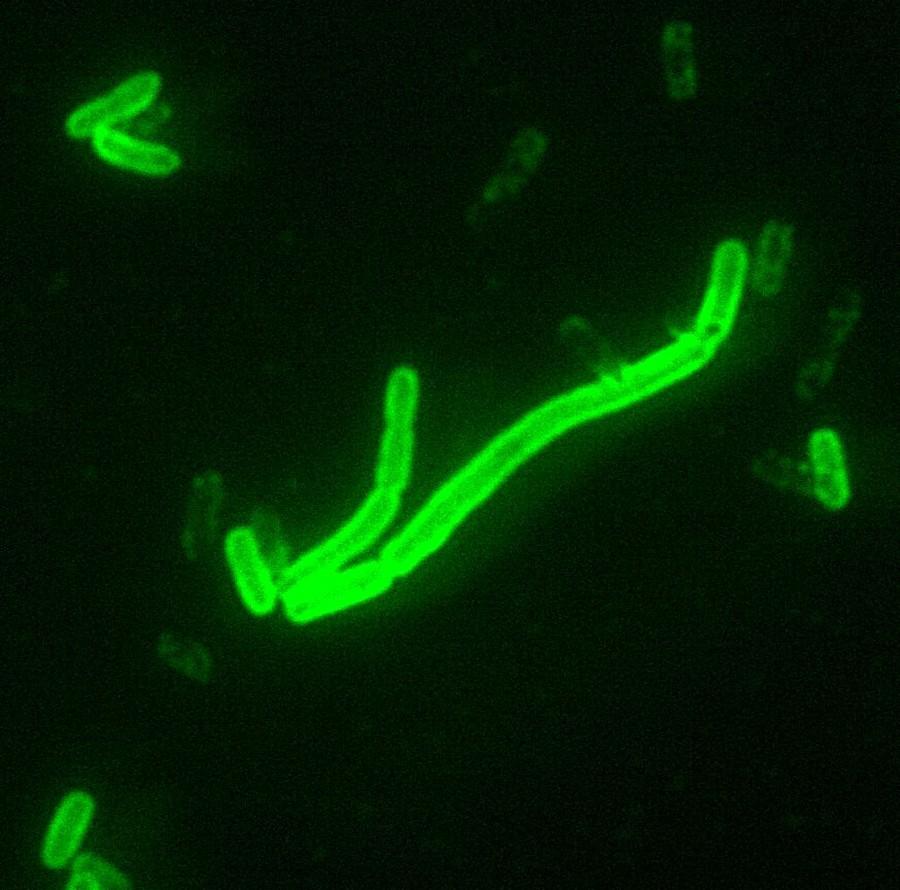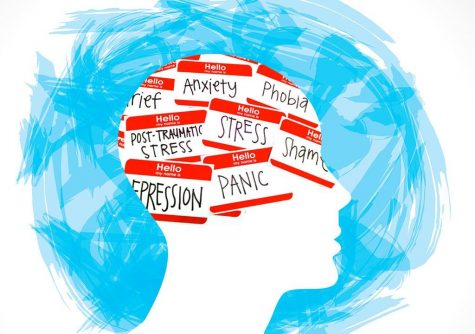And You Thought Ebola Was Bad…
Nasty.
When it comes to the topic of diseases, none are more infamous than the black plague. Commonly called the Black Death, it earned its horrifying reputation when it swept across Europe, killing approximately 50 million people and reducing the entire world population by a sizable chunk in 1350. We’ve been under the impression that the disease was all but wiped out, as most cases are scattered, but recently the long absent plague has been showing its face again in Madagascar. With at least 119 confirmed cases and 40 deaths, the Black Death has experts raising the alarm once again.
If the possible revival of a disease synonymous with death wasn’t bad enough, the World Health Organization recently released a statement claiming that “the fleas that transmit this ancient disease from rats to humans have developed resistance to the first-line insecticide.” The good news is that, when diagnosed early, the bubonic strain of the plague can be easily cured with antibiotics. The bad news is that should the bacteria reach the lungs, it develops into the pneumonic plague, classified as one of the most deadly infectious diseases, which can be transmitted through inhalation and coughing.
The recent flooding of the island nation resulted in the scattering of tens of thousands of people from their homes, along with an “untold number” of rats. When combined with the overcrowded slums spread across the various cities, this provides a very hospitable environment for a contagious disease. Don’t go packing your apocalypse kit just yet, however, as the United States has experienced the black plague before and effectively dealt with it. You probably wouldn’t even believe that it’s been on our shores since 1900, since we’ve done such a good job keeping it contained.
Source:
http://edition.cnn.











The Overlord • Mar 16, 2015 at 9:40 am
This is nasty. I hope everyone gets vaccinated!